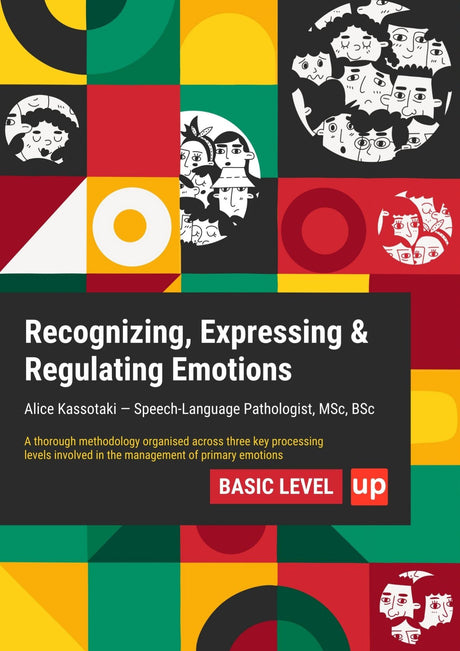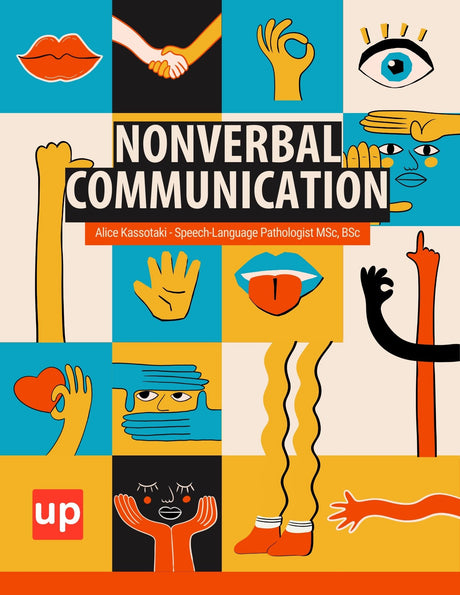Top 10 Social Skills Students Need for Success in School and Beyond
Strong social skills are crucial for student success in school and life. This article highlights the top 10 social skills students need, like communication and empathy, along with practical ways to develop them.
Key Takeaways
- Effective communication is essential for academic success and the development of healthy relationships, requiring mastery of verbal, nonverbal, written, and visual communication.
- Empathy, cooperation, and teamwork are critical social skills that promote mutual respect and understanding, aiding conflict resolution and encouraging diverse interactions among students.
- Practicing good manners, self-control, and assertiveness fosters positive behavior and emotional regulation, which are vital for personal development and success in various social contexts.
Effective Communication
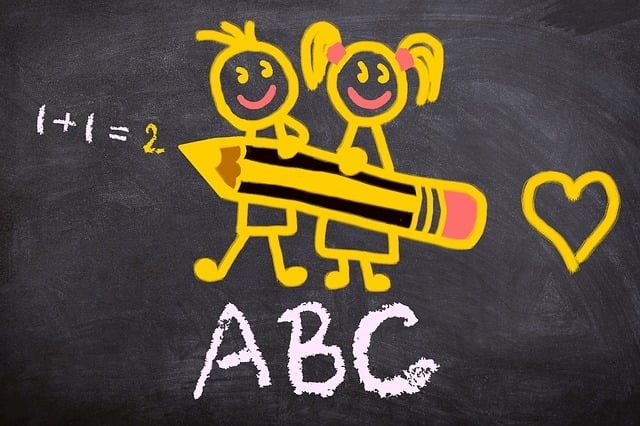
Effective communication is vital for success, involving the clear and constructive sharing of thoughts, ideas, and feelings. For students, it encompasses:
- speaking
- listening
- understanding
- responding appropriately
This particular skill fosters healthy relationships and enhances academic skills achievement.
Before:
Students need to master various forms of communication: verbal, nonverbal, written, and visual. Verbal communication covers speaking and listening, whereas nonverbal communication includes body language and eye contact. Written communication is essential for academic success, while visual communication benefits from tools like charts and videos. Video clips can help recognize problematic behaviors, and articulating emotions boosts self-awareness and regulation, aiding effective communication.
After:
Students need to master various forms of communication:
- Verbal communication covers speaking and listening
- Nonverbal communication includes body language and eye contact
- Written communication is essential for academic success
- Visual communication benefits from tools like charts and videos
Video clips can help recognize problematic behaviors, and articulating emotions boosts self-awareness and regulation, aiding effective communication.
Practical methods to teach social skills include lunch groups for engaging in conversations and sharing interests. Video modeling assists students struggling with social interactions by allowing them to observe and imitate positive behaviors. Such techniques make communication an engaging and dynamic aspect of daily life.
Developing Empathy

Empathy, influenced by genetics, environment, and experiences, develops over time. It starts in infancy, with children reflecting the emotions of those around them. As they grow, children progress from recognizing their own emotions to understanding others’ feelings, developing a ‘theory of mind’.
Creating a supportive environment where children feel secure and understood nurtures empathy. This can be achieved by:
- Nurturing relationships with caregivers
- Promoting good manners to develop kindness
- Demonstrating patience to foster healthier relationships
- Enhancing social-emotional learning (SEL) to improve students’ ability to empathize and understand diverse perspectives.
Activities promoting empathy include storytelling, emotional coaching, and teamwork. These activities teach empathy and provide practice in real-life situations. Social and emotional learning programs in schools reduce bullying and discrimination, preparing students to navigate diverse cultural environments.
Cooperation and Teamwork
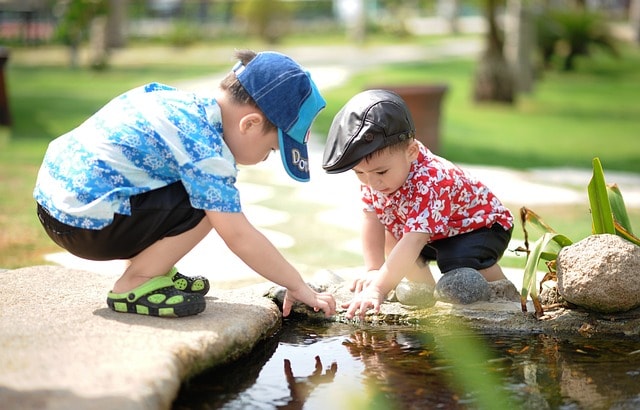
Cooperation and teamwork help students achieve shared objectives and experience accomplishment. Learning these skills early fosters collaboration and enhances social and academic performance. Group activities like sports and community service teach students to communicate, collaborate, and support each other.
Collaborative learning strategies like group projects and peer tutoring improve academic performance and social skills. These strategies offer opportunities to engage with peers, share knowledge, and work towards common goals. Communication is key in resolving conflicts and promoting collaboration among peers.
Teachers can foster an environment of cooperation and teamwork by creating opportunities for small group work. Encouraging participation in community service projects promotes responsibility and teamwork, helping students feel more connected to their community.
Conflict Resolution Techniques
Conflict resolution is crucial for maintaining healthy relationships. It involves pinpointing the root cause of a problem. Efforts are then made to develop a solution. Teaching effective conflict resolution helps students navigate disagreements and maintain positive interactions.
Using I-statements helps students share feelings without blaming others. This encourages open communication and constructive expression of emotions. Active listening, involving truly understanding the other person’s perspective, is another key technique. It builds strong interpersonal relationships and fosters mutual respect.
Students should calm down before resolving a conflict for more rational and effective problem-solving. Teaching these techniques through role-playing and real-life scenarios helps students practice and internalize them, making conflict resolution a natural part of their interactions.
Practicing Good Manners and Etiquette
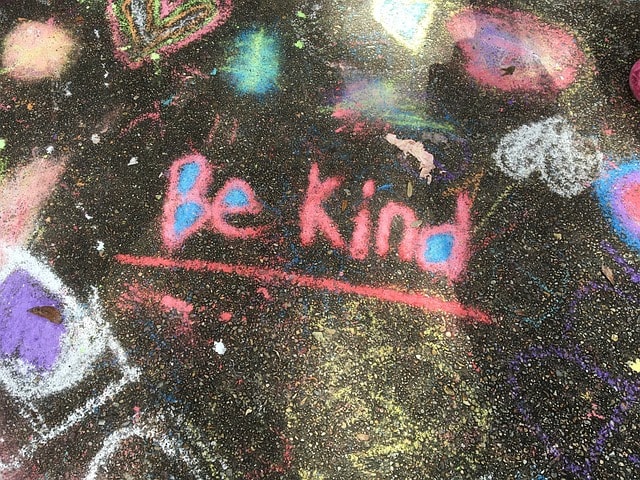
Good manners and etiquette are crucial for polite and respectful behavior in social settings. Children who learn good manners are better prepared for personal and professional success. Teaching social skills like saying please and thank you and recognizing personal space contributes to smoother interactions and stronger relationships.
Polite behaviors create positive environments where individuals feel valued. Encouraging children to listen when others speak enhances communication skills and fosters respect. These manners are essential for navigating social contexts and building healthy relationships.
Parents and educators play a crucial role in teaching these skills. Modeling polite behavior and providing consistent reinforcement helps children develop good manners that will serve them throughout their lives.
Embracing Diversity
Embracing diversity means acknowledging the value and respecting the dignity of different individuals. This skill is essential for developing empathy and understanding, which are crucial for healthy relationships. Teaching respect for cultural differences in manners and behaviors fosters considerate interactions and inclusivity.
Educators promote cultural awareness and respectful interactions to help students embrace diversity. This enhances social and emotional skills and prepares students to navigate a diverse world, contributing to their well-being.
Building Self-Control
Self-control involves regulating emotions and thinking before acting. It’s a crucial skill for managing behavior and making thoughtful decisions. Simple rules and expectations help children develop self-control. A classroom management plan supports self-control development with clear routines and expectations.
Practicing self-regulation enhances concentration and emotional management, leading to better academic performance. Activities like video modeling and self-modeling provide practical tools for managing behavior and emotions effectively.
Assertiveness Training
Assertiveness involves expressing oneself while respecting others. It allows individuals to convey thoughts and needs confidently without aggression. Assertiveness is a learned skill, developed through practice.
Teaching assertiveness involves helping children say no, discuss their feelings, and make requests. Role-playing and techniques like the broken-record method help students practice assertiveness and enhance communication skills.
Cultivating Patience
Patience contributes to better emotional regulation and overall well-being. Patience improves decision-making by promoting rational and realistic choices. It helps develop advanced problem-solving skills and achieve goals.
Setting achievable goals and providing practice opportunities teaches patience. This fosters a sense of accomplishment and persistence while developing the skill.
Fostering Positivity
A positive outlook is crucial for emotional health and resilience. Positive affirmations, focusing on optimism, and processing negative feelings help develop a positive mindset. Patience is linked to resilience and persistence, essential for long-term goals.
Encouraging students to focus on positive experiences and providing tools for managing stress and anxiety fosters positivity. This enhances overall well-being and helps build healthy relationships.
Summary
Summarize the key points of the blog post, highlighting the importance of each social skill discussed. Conclude with an inspiring message about the impact of teaching social skills on students’ overall development and success.
Frequently Asked Questions
Why are social skills important for students?
Social skills are essential for students as they facilitate effective communication, foster healthy relationships, and help navigate social interactions, all of which are vital for their overall well-being and academic achievement.
How can teachers help students develop empathy?
Teachers can effectively foster empathy by establishing a supportive atmosphere, utilizing storytelling for emotional connection, and incorporating social-emotional learning programs to encourage an understanding of diverse perspectives. Such strategies not only enhance compassion but also contribute to a more inclusive classroom environment.
What are some effective techniques for conflict resolution?
To effectively resolve conflicts, utilize I-statements to articulate your feelings, practice active listening to grasp others' viewpoints, and take time to calm down before engaging in discussions. These techniques foster rational problem-solving and mutual understanding.
How can students practice good manners and etiquette?
Students can effectively practice good manners by consistently using polite phrases like "please" and "thank you," respecting personal space, and actively listening during conversations. Reinforcement from parents and educators plays a crucial role in modeling and maintaining these behaviors.
What are the benefits of fostering positivity in students?
Fostering positivity in students enhances their emotional health, resilience, and stress management skills. This approach ultimately cultivates a positive mindset that benefits their overall well-being.
References
-
Durlak, J. A., Weissberg, R. P., Dymnicki, A. B., Taylor, R. D., & Schellinger, K. B. (2011). The impact of enhancing students’ social and emotional learning: A meta-analysis of school-based universal interventions. Child Development, 82(1), 405-432.
-
Elias, M. J. (2006). The connection between social-emotional learning and academic achievement in elementary school children. School Psychology Review, 35(2), 197-202.
-
Zins, J. E., & Elias, M. J. (2007). Social and emotional learning: Promoting the development of all students. Journal of Educational and Psychological Consultation, 17(2-3), 233-255.
-
CASEL. (2020). What is SEL? Collaborative for Academic, Social, and Emotional Learning. Retrieved from https://casel.org/what-is-sel/
-
Schonert-Reichl, K. A., & Weissberg, R. P. (2014). Social and emotional learning: Essential lessons for student success. Phi Delta Kappan, 96(4), 19-24.
-
Taylor, R. D., Oberle, E., Durlak, J. A., & Weissberg, R. P. (2017). Promoting positive youth development through school-based social and emotional learning interventions: A meta-analysis of follow-up effects. Child Development, 88(4), 1156-1171.
-
Weissberg, R. P., & Cascarino, J. (2013). Academic learning + social-emotional learning = national priority. Phi Delta Kappan, 95(2), 8-13.





